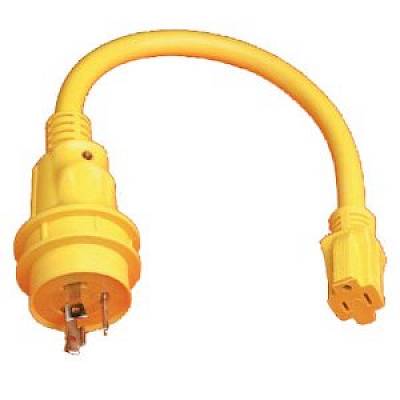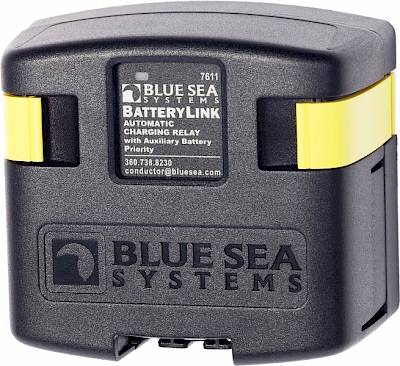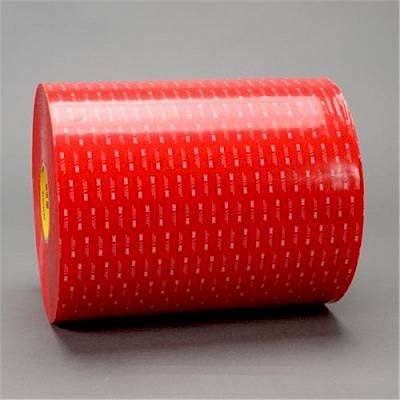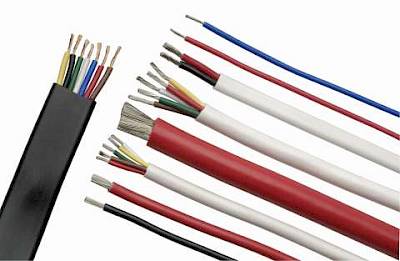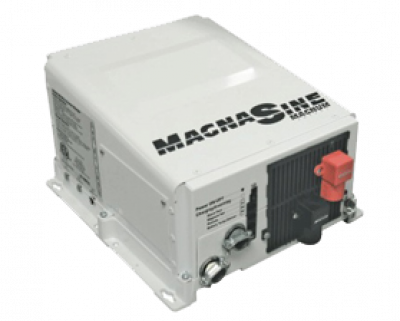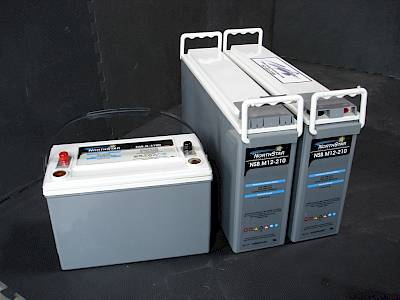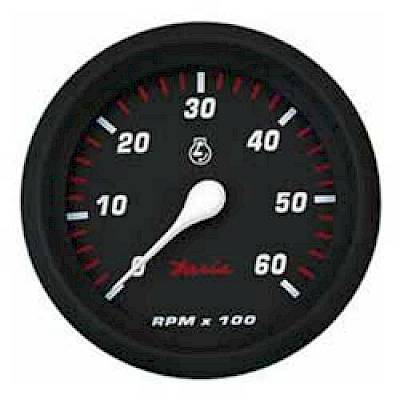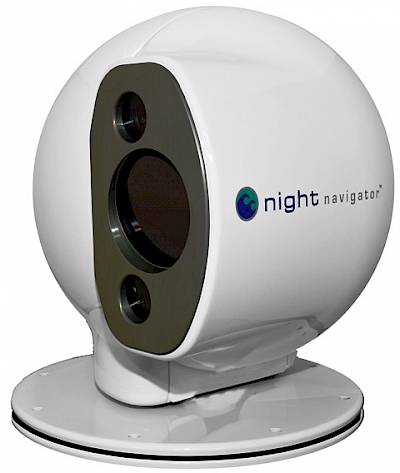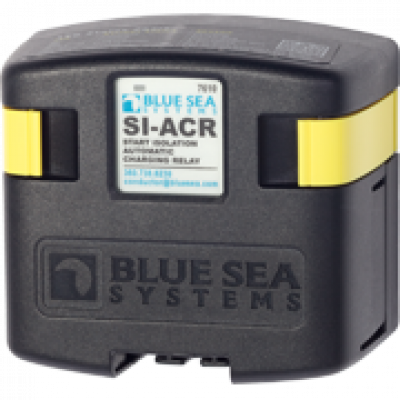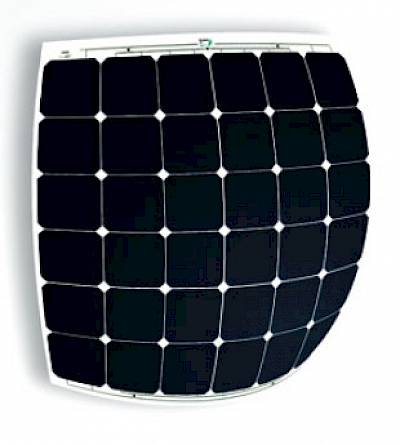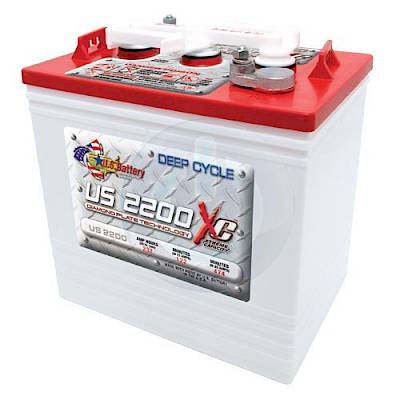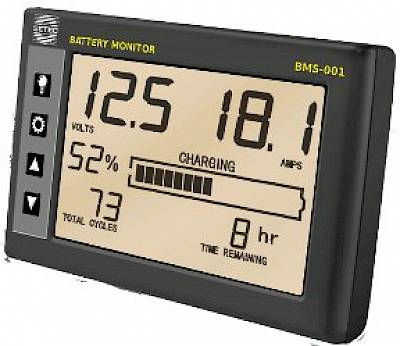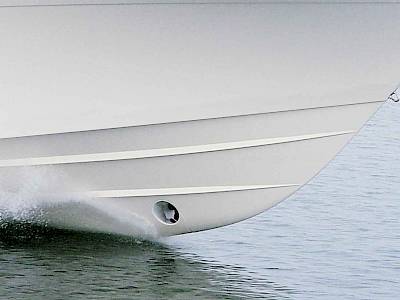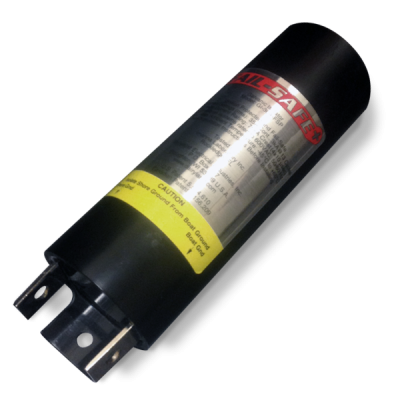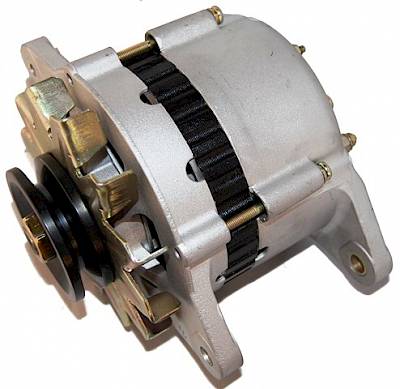
Multiple Downstream Fast-blow and Slow-blow Fuses
It is normally necessary to have multiple fuses or breakers downstream of each other. For example, you might have a main battery fuse, a main DC panel breaker, and individual breakers for each circuit on a panel. From one circuit you might have a couple of fuses downstream if you're feeding multiple devices off one breaker, like a chartplotter and GPS. Careful attention and thought needs to go into where the fuses are placed in the circuit, as well as what kind they are, because fuses and breakers are not all the same. On one boat I recently worked on, a battery monitor had been installed near the DC panel. In order to power it with constant power, instead of running a new cable to the battery, the owner had tapped into the only constant un-switched power source at the DC panel, which was the bilge pump circuit. They did put in a small 3A fuse between the monitor and the bilge pump circuit. In theory it should have worked okay, although the set up was not the best way to do it. If something happened to the monitor or the power wire, the 3A fuse would have blown and the bilge pump would have remained powered. If something happened to the pump circuit and fuse, you would have lost monitor power as well, but that would be of a smaller concern at the time. 
*This shows how the boat was set up. A problem on the monitor was causing the 10A fuse to blow and not the 3A because of the different fuse types used.
However, on this boat the bilge pump fuse was blowing because of a monitor problem. The small 3A fuse was a slower blowing one, and the fast blowing 10A fuse was blowing before the 3A one. This left the boat with no bilge pump. With something as important as the bilge pump, it pays to do it right. Its circuit should not have been tapped into, and a new un-switched wire needed to be run to the battery. With less important devices, it is okay to run multiple devices downstream of a fuse if they are all fused as well. Regardless, attention should be paid to how it's done, and the fuse on the end should be the first one to blow (if the problem is at the end).
Related Content





